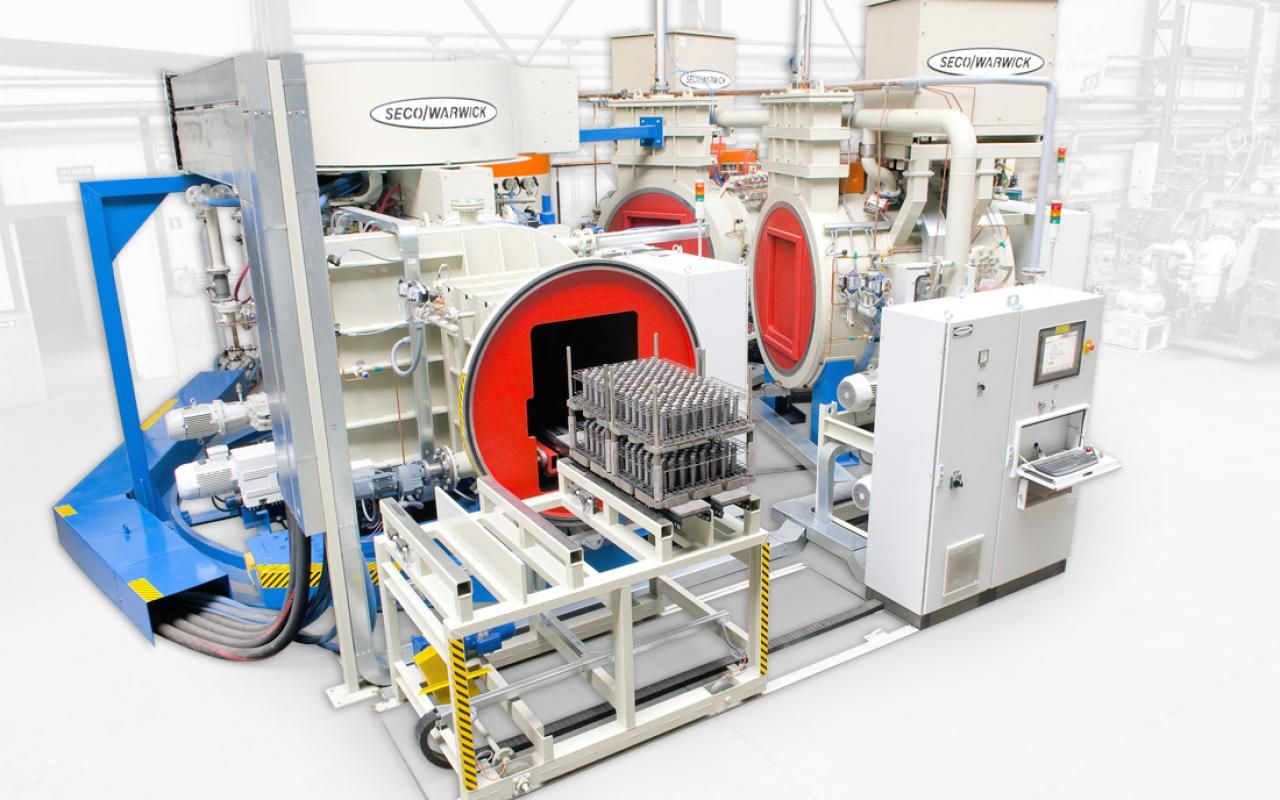The definition of an electron beam
The free electrons in vacuum can be accelerated and their orbits controlled by electric and magnetic fields. In this way we can form narrow beams of electrons carrying high kinetic energy, which at collisions with atoms in solids transform their kinetic energy into heat. Thanks to some specific conditions, this way of heating gives us exceptional possibilities.
These conditions are:
- Strong electric field can accelerate electrons to a very high speed,
- Using magnetic lenses the beam can be shaped into a narrow cone and focused to a very small diameter with a very high power density in the plane of impingement of the beam on the surface of some solid,
- The depth of penetration of electrons into solids is in the order of hundredths of a millimeter. The volume density of power in the small volume in which the kinetic energy of electrons is transformed into heat (consecutively, the temperature in this volume increases extremely rapidly).
What are the resulting effects of the electron beam?
Resulting effect of the electron beam under such circumstances depends on conditions; -first of all on physical properties of the material. Any material in very short time can be melted (or even evaporated).




